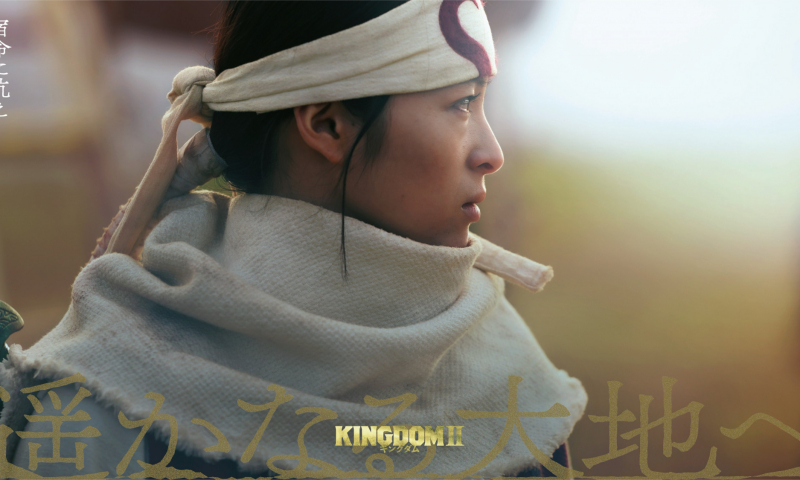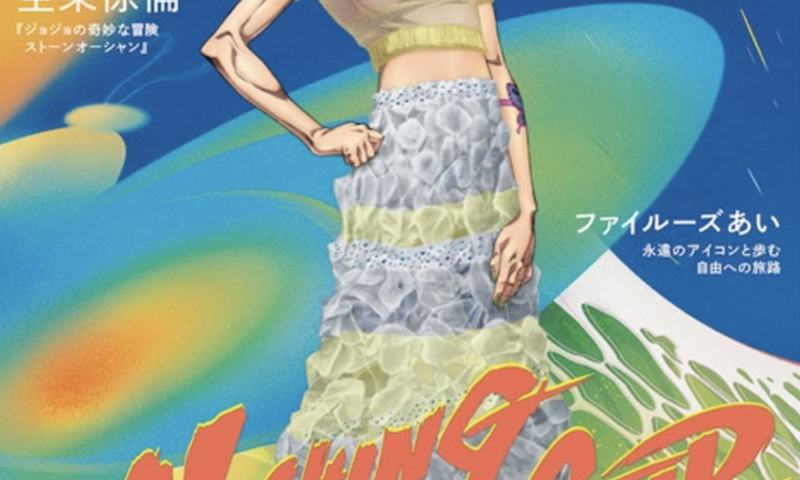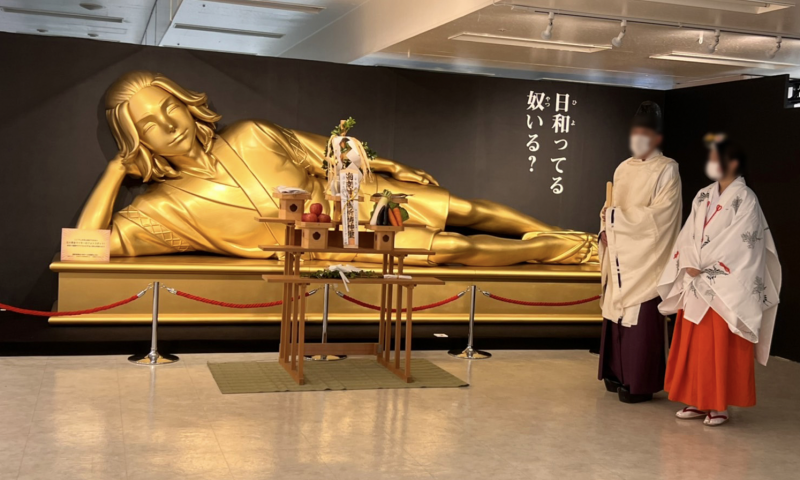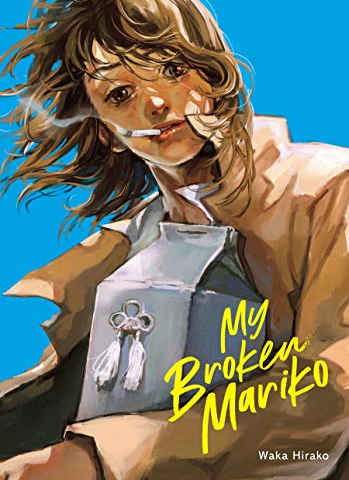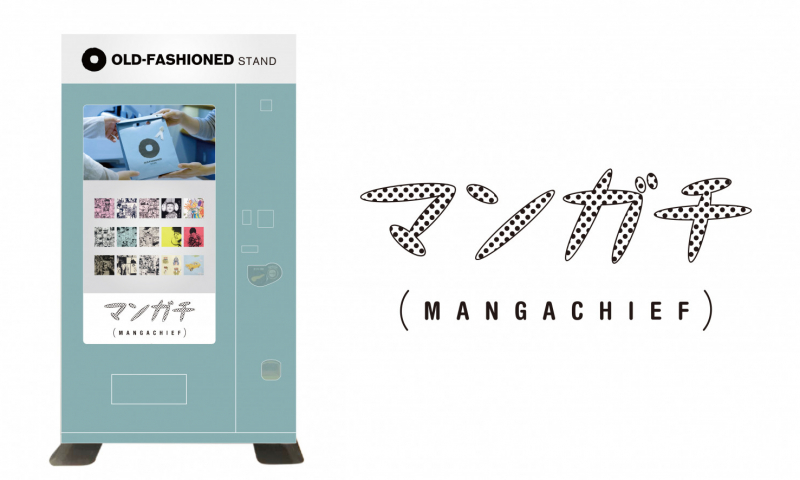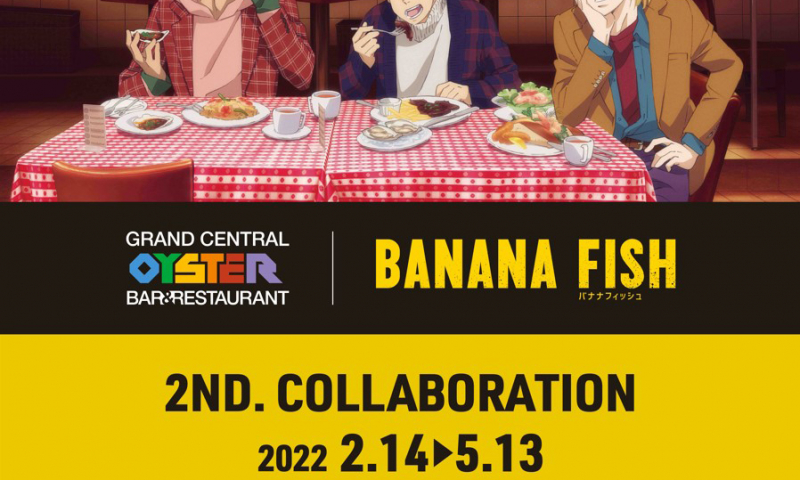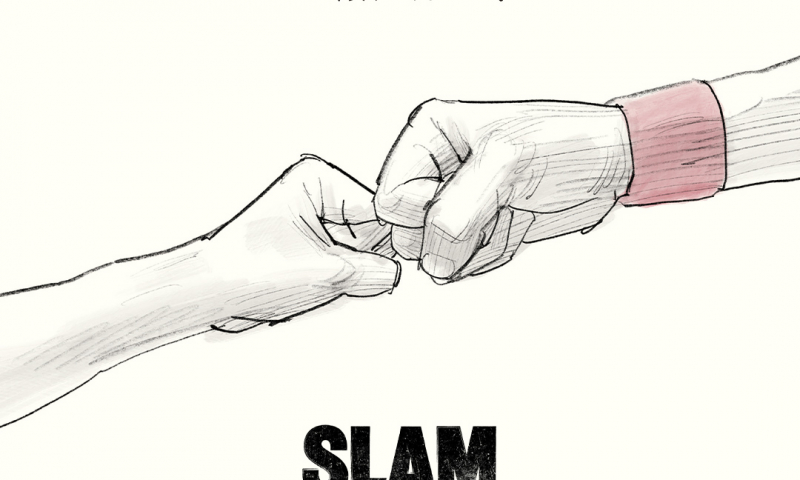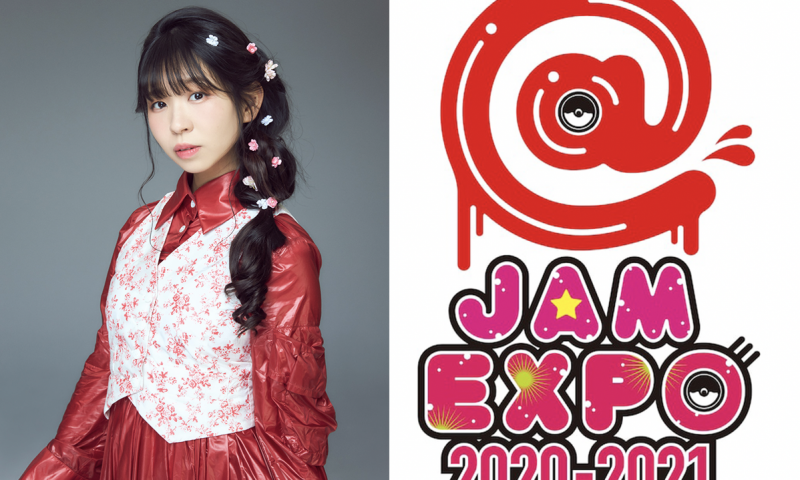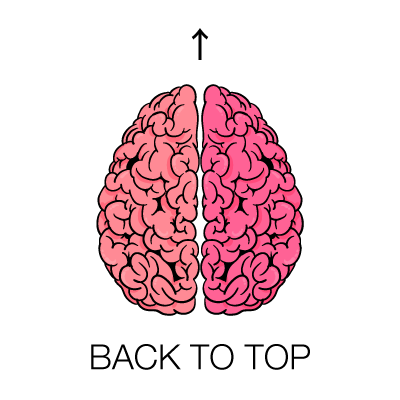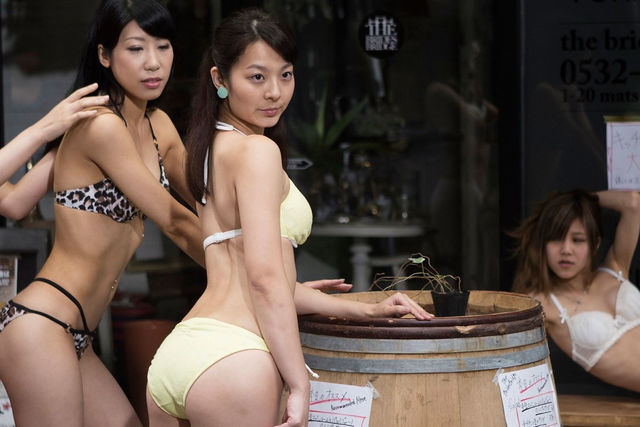
What Represents “Seishun”? The Bittersweet Memories of Japanese School Life
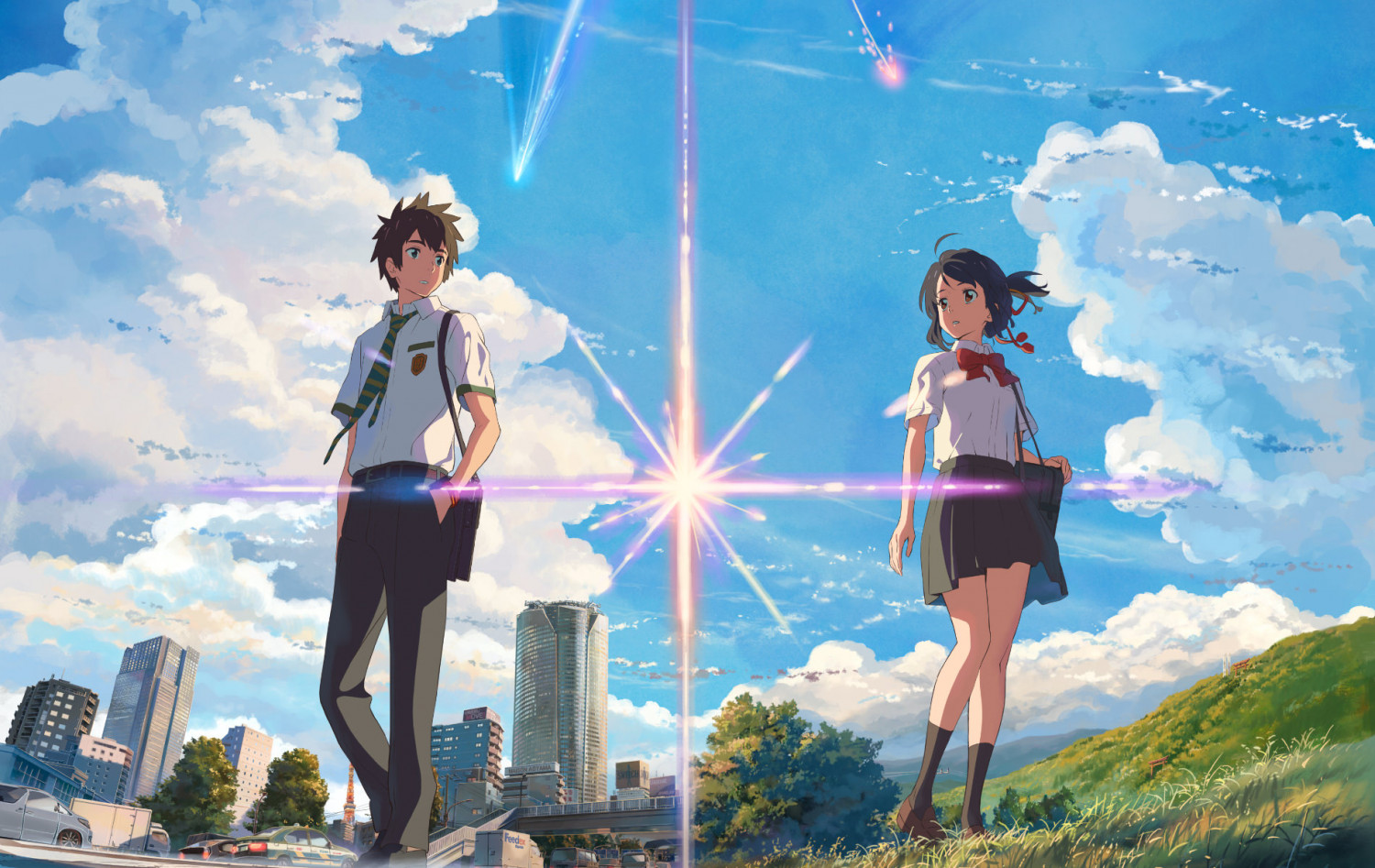
Sponsored Links
What’s the symbol of youth? What’s your image of youth? The precious period from junior high school to before entering university is called as “seishun” in Japanese, directly translated as “blue spring”. It brings back bittersweet memories and freshness to you.
What’s often seen in media representing “seishun” is the combination of seifuku and bicycle (plus beach in many cases). Why is that? Analyzing those media, I’d like to discover the admiration toward seishun lying within the hearts of Japanese.
Advertisement
Have you seen TV commercials of CALPIS (CALPICO)? It’s a lactic beverage produced by Asahi Soft Drinks. It’s popular especially during summer when it’s so hot that everyone is seeking for something to refresh themselves from the heat.
Their TV commercial always left the viewers with the strong image of seishun. In 2011, famous actresses Masami Nagasawa and Umika Kawashima appeared in the commercial as a teacher and a high school student. In that commercial, Umika tries to confess her love for a boy by e-mail, but Masami comes up on a bicycle and advise her to confess directly. They are standing by a bus stop near beach, and Masami screams at the sea when she gives the advice to Umika.
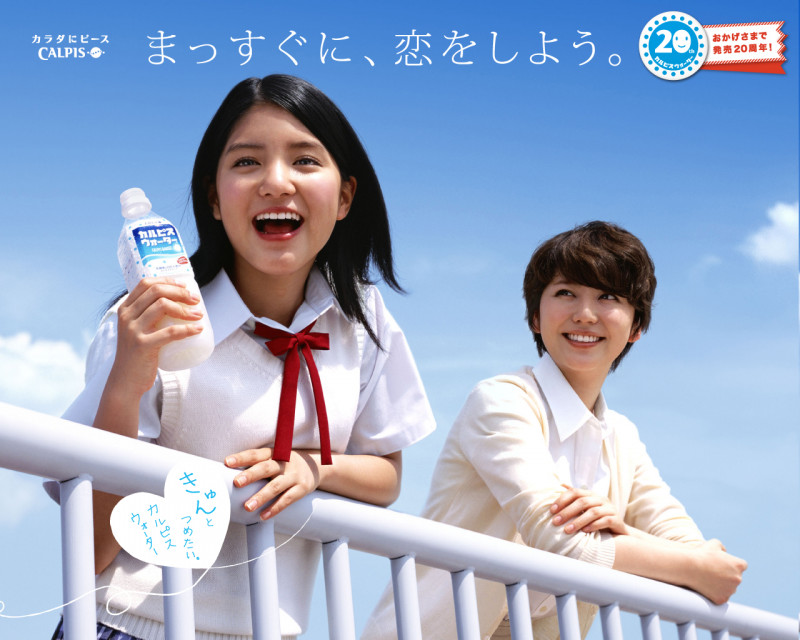
First of all, through this commercial, a bittersweet feeling comes to you when you see Umika wondering what she should do to tell her feelings to the boy she likes. It brings you back to the time in high school when everyone was so pure that they were a bit embarrassed when they talked about love affairs. Secondly, the scene where Masami screams represents seishun as well. This scene reminded us of a famous Japanese TV show called “Groovy After School” which was broadcasted until 2015. In that show, a section called “Miseinen no Shuchou”, confessions by students, was very popular. The students screamed out their desire or secret from their school’s rooftop and their young passion attracted the audience.
Screaming one’s deep thoughts is considered as a big part of seishun, and the CALPIS TV commercial reminds us of our past or present seishun. Other commercials by beverage brands such as Pocari Sweat, Match and Mitsuya Cider also have similar seishun image as well.
Songs
So many seishun songs are produced in Japan, and you can find a lot of seishun songs on AKB48 groups such as “Ponytail to Shushu” which made a big hit.
The song is about a boy who likes a girl but has no courage to confess his love, so he enjoys his date at the beach with her in his fantasy. In the music video, the members wearing seifuku play around in Guam. Here again, several members use bicycles to go around. Their white seifuku sparkles against the beautiful blue beach, and the lyrics are bittersweet.
Movies
The seishun scenes are often seen in movies as well. The very big hit, “Your Name.” is one of the seishun movies. The two main characters are high school students, and they gradually fall in love by repeating body-swapping.
The way they are desperate each other triggers the audience to think of their school days when they were devoting all their energy into one thing. Also, a movie by studio Ghibli, “From Up On Poppy Hill”, reminds us of our seishun as well. It is a story which setting is in 1963 in Yokohama. This is a love story between 2 high school students who got to know each other through a demonstration against the breakdown of the old building of their school. , the movie brought so many sweet memories. The girl was wearing a sailor-style uniform which is more traditional than the blazer type. Also, there was this scene which they ride on the bicycle together along the slope which leads to the beach. Double riding is every Japanese student’s dream. The distance between the two is so close, and the atmosphere is really romantic. The movie is filled with everyone’s admirable seishun.
There are more media products which include the combination of seifuku, bicycle and beach, but why are there so many exist? I think it’s because of our memories of youth and a regret of having not done enough of seishun. When I was in high school, after school events, we often went to the beach directly from school to enjoy fireworks. Those who live nearby used bicycle to get there. Memories like these are very common among those who spent their high school days in Japan.
In addition to that, the fragileness of seifuku makes it even more precious since we won’t be wearing it after graduating from high school. However, not everyone enjoyed the same seishun as others did. Some schools have very strict rules against activities after school and even for romantic relationships. Because of that, when they grow up and see seishun scenes, they envy them and think of their high school days back then. Bitter or sweet, the seishun period is precious to everyone that it’s often on media to attract more people.
Sponsored Links
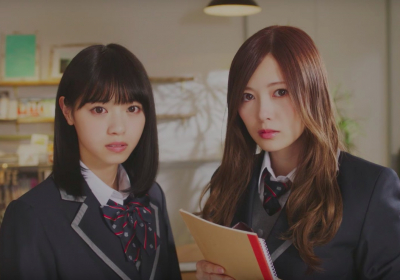
Love Triangles with Nogizaka46 Members! New TV Commericals for NOGIKOI Released

Best Place for Science Freaks! Visit “Science Bar Incubator” in Yotsuya


